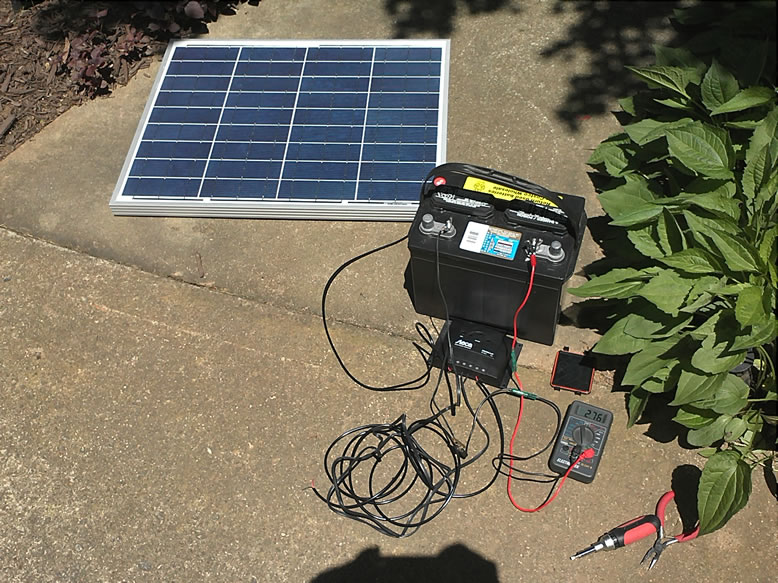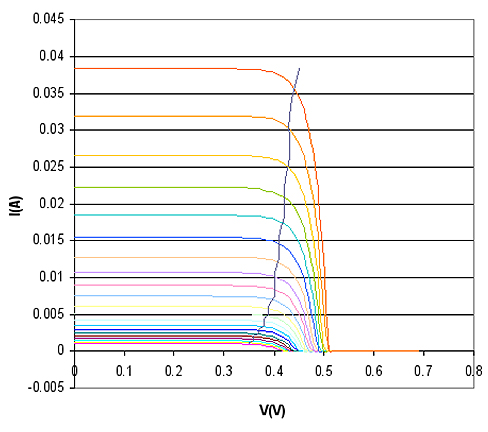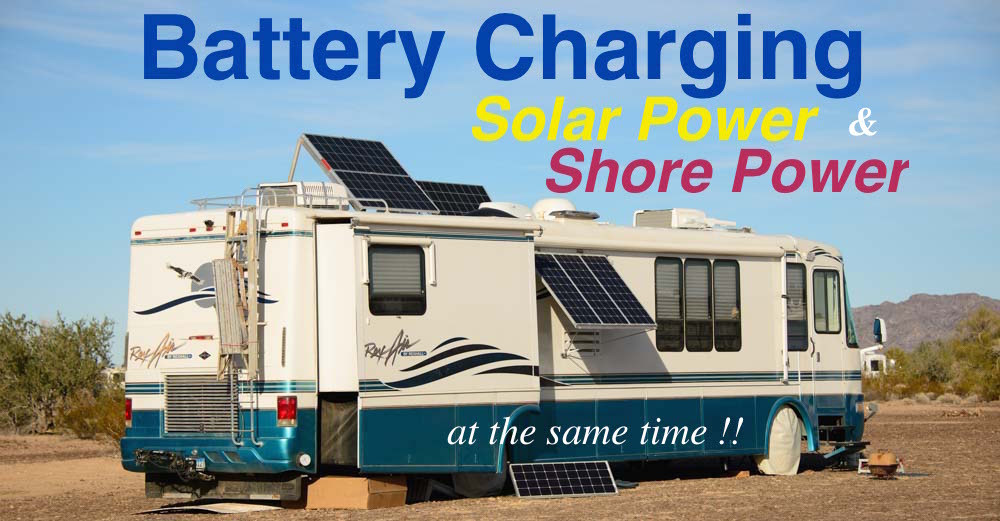The battery tender solar tender 12v 5w battery charger is a 100 percent portable battery charging and maintenance device.
Battery tender solar panel connected while running motor.
You will need a solar charger for the battery a small battery and the motor.
Solar panels must meet the running voltage and current of the motor at all times the motor is running other wise the battery is being drained.
The solar cell you have installed provides about 1 3rd of an amp charging rate.
Connect the positive wire from the solar panel to a battery cable with a fusible link between the battery and the solar panel.
Without the panels the battery would have been running the motor on its own for one hour and be significantly discharged.
This is just a start and its what these guys have left out.
5 watt solar panel.
After 1 hour running with panels connected battery will be close to where it started even though it has never actually seen any net charge.
You don t need to disconnect that charger prior to starting your vehicle.
For a real tender one of those units that actually senses the charge and adjusts accordingly probably not a problem.
Sunnyboy 3000 us 18 bp solar 175b panels.
But you should never leave your solar panel plugged in while you start your car because the start motor will absorb any energy available and that will overload the solar panels and can cause damage.
The solar panels charge the battery when the motor is not running.
If the outlet is directly connected to the battery then it should be possible.
Solar energy is not 24 7 doh.
Connect the negative wire of the solar panel to the negative terminal of the battery.
Ideally we would like to recommend a 12v 100 watt or 150 watt solar panel.
Well look what i just found a 15 watt trickle float battery tender with a built in solar panel.
Yes you can do drive around with the solar charger plugged in.
There is not a problem.
This protects the battery and the cars electronics.
It is perfect for storage space without power access and is the only type of solar panel available with a built in charge controller to prevent overcharging.
They have built in circuit protection usually.
The 12v 70 watt can output 16 to 24 amps a day while the 12v 100 watt can output 20 to 31 amps a day with the 12v 150 watt offering 32 to 48 amps a day.
This will help prevent a fire or battery explosion in the event of a short in the wiring.
Now there are things to consider.
For those trickle charger units that are just a transformer you plug into the wall and connect two leads to the battery probably not a good idea.
Obviously with this setup you are not going to run the motor 24 7.



















